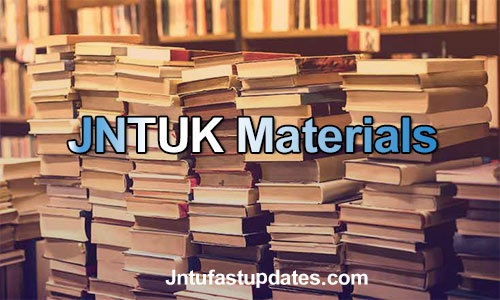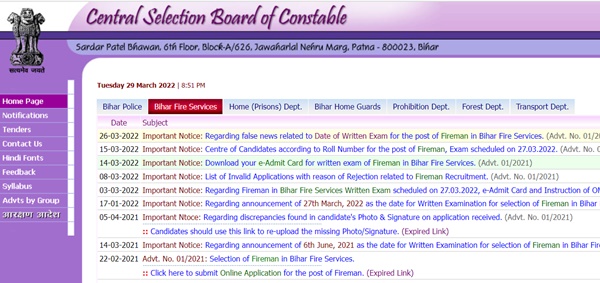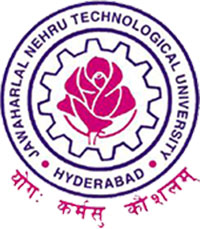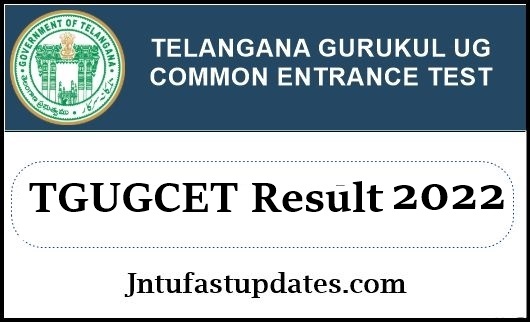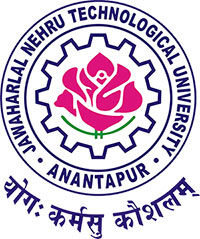JNTUK R20 2-2 Industrial Engineering and Management Material PDF Download
Students those who are studying JNTUK R20 Mechanical Branch, Can Download Unit wise R20 2-2 Industrial Engineering and Management Material/Notes PDFs below.

JNTUK R20 2-2 Industrial Engineering and Management Material PDF Download
UNIT-1
INTRODUCTION: Definition of industrial engineering (I.E), development, applications, role of an industrial engineer, differences between production management and industrial engineering, quantitative tools of IE and productivity measurement. concepts of management, importance, functions of management, scientific management, Taylor’s principles, theory X and theory Y, Fayol’s principles of management.
Download UNIT-1 Material PDF | Reference-2
UNIT-2
PLANT LAYOUT: Factors governing plant location, types of production layouts, advantages and disadvantages of process layout and product layout, applications, quantitative techniques for optimal design of layouts, plant maintenance, preventive and breakdownmaintenance.
Download UNIT-2 Material PDF | Reference-2
UNIT-3
WORK STUDY: Importance, types of production, applications, workstudy, method study and time study, work sampling, PMTS, micro-motion study, rating techniques, MTM, work factor system, principles of Ergonomics, flow process charts, string diagrams and Therbligs,
Download UNIT-3 Material PDF | Reference-2
UNIT-4
STATISTICAL QUALITY CONTROL: Quality control, Queing assurance and its importance, SQC, attribute sampling inspection with single and double sampling, Control charts – X and R – charts X and S charts and their applications, numerical examples.
TOTAL QUALITY MANAGEMENT: zero defect concept, quality circles, implementation, applications, ISO quality systems. six sigma – definition, basic concepts
Download UNIT-4 Material PDF | Reference-2
UNIT-5
RESOURCE MANAGEMENT: Concept of human resource management, personnel management and industrial relations, functions of personnel management, Job-evaluation, its importance and types, merit rating, quantitative methods, wage incentive plans, types.
VALUE ANALYSIS: Value engineering, implementation procedure, enterprise resource planning and supply chainmanagement.
Download UNIT-5 Material PDF | Reference-2
TEXT BOOKS:
- Industrial Engineering and management / O.P Khanna/KhannaPublishers.
- Industrial Engineering and Production Management/MartandTelsang/S.Chand& CompanyLtd. New Delhi
REFERENCE BOOKS:
- Industrial Management / Bhattacharya DK/Vikaspublishers
- Operations Management / J.G Monks/McGrawHillPublishers.
- Industrial Engineering and Management Science/T.R. Banga, S.C.Sharma, N. K. Agarwal / Khanna Publishers
- Principles of Management /Koontz O’ Donnel/McGraw Hill Publishers.
- Statistical Quality Control /Gupta/KhannaPublishers 6. Industrial Engineering and Management /NVS Raju/Cengage Publishers
OUTCOMES:
- Design and conduct experiments, analyse, interpret data and synthesize validconclusions
- Design a system, component, or process, and synthesize solutions to achieve desiredneeds
- Use the techniques, skills, and modern engineering tools necessary for engineering practice with appropriate considerations for public health and safety, cultural, societal, and environmental constraints
- Function effectively within multi-disciplinary teams and understand the fundamental precepts of effective project management

320-x100(1).gif)
